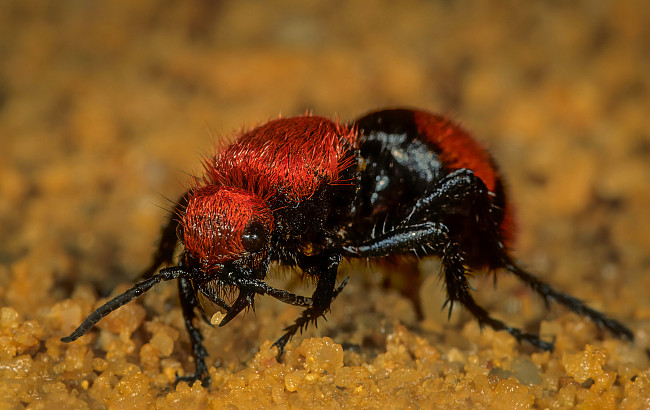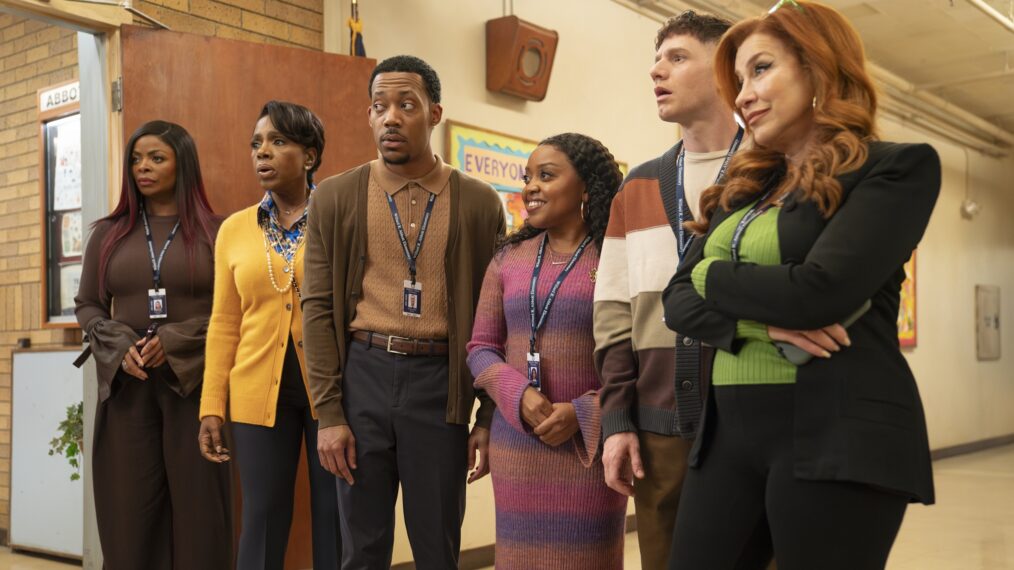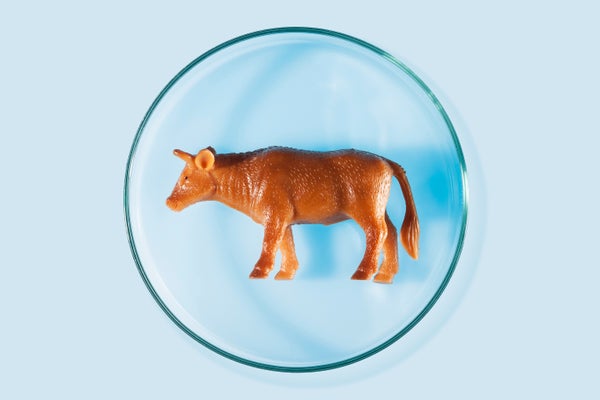When setting out to make sequel Top Gun: Maverick, director Joseph Kosinski and the filmmaking team had a guiding directive: “We said from the beginning, we don’t want to be the cover band version of Top Gun.’”
Maverick sees Tom Cruise’s hotshot return to the titular Naval flight academy to train the new cadre of pilots, one of which is the son of his late partner Goose (Anthony Edwards).
It’s been over three-and-a-half decades since the release of the original 1986 film, and, due to pandemic delays, Maverick has had an extra two-year wait before it finally hits theaters on May 25. In the lead-up to this, the cast and crew have been on a global tour, with a sneak peek of the film at CinemaCon in Las Vegas, a premiere in San Diego, splashy screenings in Mexico City and London, plus a stop on the Croisette for a Cannes Film Festival bow.
Prior to its festival debut, the director talked to THR about adding women to the cockpit, fitting cameras into F-18s and the question about the sequel that people wouldn’t stop asking (Hint: It was about volleyball).
Prior to making this movie, what was your personal relationship with Top Gun?
I saw it in the theater when I was 12 years old in Martial Town, Iowa, where I grew up. It was the perfect age to see that movie, and I had always loved aviation, so it was right up my alley in terms of interests. And it didn’t look like any blockbuster movie; Tony Scott had such a distinct style. Jerry [Bruckheimer, the producer] pulled him out of art films, so it looked different. It had that soundtrack that played all summer, and everyone had the aviator jackets and the Ray-Bans.
In your mind, what had to be in a Top Gun sequel?
The first thing was Maverick, so that is where I started with Tom, getting him to agree to come back. After that — it’s funny because when people heard I was working on it, the most common question people would ask me was “Is there going to be a volleyball scene?” It was engrained from the beginning that there had to be something like it in the film. It was up to us to figure out how we integrate that into our storyline, so we aren’t doing it just for the sake of doing it. Our screenwriting team did a great job of figuring that out with dogfight football. And the score, Harold Faltermeyer’s score, is as iconic to me as Star Wars, which is why wanted to start the film in the same way as the first film. Well, everyone is saying it is the exact same [start] as the first film, but it’s not. I added “men and women” to the opening paragraph. [Top Gun opens with a text card that explains how the Top Gun school was started.] I hope people notice that, because women do fly for Top Gun now.
And then from an aerial sequence point of view, I had to innovate in the same way Tony Scott did. We had to capture flight in a way that had never been done before. The first thought was, “Can I shoot Tom in an F-18 for real?” Which then became, “Can I shoot everyone in F-18s?” So, Tom designed a course that got everyone into “Tom Shape” to be able to get into those Super Hornets and shoot the scenes. Because everyone is in the plane, it opens the whole movie up.
How did the technology to allow filming inside the planes come about?
The script is the story of the action sequences. The choreography and how to capture it was a 15-month science experiment with Claudio [Miranda, the cinematographer] and his crew working closely with the Navy to convince it that it was safe to put six cameras in there. At first, they said it would never fit, there was no room. So, Claudio and I sat with them and pointed at every piece of equipment in the back of an F-18 and asked if it needed that piece to fly and when they said “no”, we said: “Pull it out.” So we made a lot of space to get the recorders in there, and Sony had come out with this new camera called the Realto, which is a very small Imax-quality camera. Then we got custom lenses, and we custom manufactured lens hoods, and they fit all of the parameters the Navy required, and they passed all of the tests for Gs, speed and ejection, and the lawyers signed off. Tom did the first test flight with the whole camera, and when we got the footage back, we thought, “Okay, maybe we are on to something here.”
How familiar were you with the inner workings of planes prior to making this movie?
I was obsessed with planes as a kid, and then went to school for aerospace engineering and mechanical engineering. I actually built a real airplane after my senior year of college.
What is it about airplanes that drew you to them?
I grew up in Iowa, and it was pre-Internet, in the ’80s. I built radio-controlled model airplanes and rockets, and I was constantly crashing and launching things in my yard. I am very lucky to have grown up in that time. I was a bit of a mad scientist with my projects, and I think that is very similar to what my job is now in a weird way. Just a different scale.
Heading into production, was there any one shot or sequence that you thought would be the most difficult to pull off?
Probably the most dangerous and daring is in the middle of the film where Maverick flies the course to prove the mission can be flown. For that sequence, Tom went through the real Top Gun low-level training course at less than 50 feet above the ground at 500 miles per hour. He was flown by the top pilot in the Navy, a Blue Angel pilot named “Walleye”. He had special permission from the Nay to even attempt it. After we shot it, they landed, and the pilot came to me and said, “Did you get it?” I had just looked at the footage, and I was like, “Uh, yeah. It is pretty amazing.” And he said, “Good because I’ll never do that again.” Another thing I laugh at about that sequence is when I watch it, there are parts where I know Tom is smiling because he is having so much fun, but it is supposed to be this very serious scene.
So, the pilot is flying the plane with Tom in the second seat, with cameras around him?
Yes, there are six cameras that he was turning on and off himself because there was no one else up there with him, and we had no communication. We rigged a switch that would turn all six cameras on and off, so Tom would run the camera when he was ready to shoot or the light was right and do the runs.
Outside of the planes, do you have a favorite character moment from the film?
The one that really sticks out is the scene between Maverick and Iceman. I have always been a huge fan of Val [Kilmer]’s, and to be able to have him and Tom reunite not only as characters but as friends who hadn’t seen each other in a long, long time, it was a very emotional day.
Was Val on board from the beginning?
Jerry [Bruckheimer] and I met with Val very early on because we all wanted Iceman to be in the film, but we didn’t know what was possible given with struggles with his health. [Kilmer was diagnosed with throat cancer in 2015 and underwent a tracheotomy that permanently damaged his voice.] It was Val who came up with the idea about how to integrate Iceman into our story. The whole concept of Iceman was Val’s idea, and then we wrote those scenes and came up with the storyline.
As a filmmaker, how was it to sit on a finished film for two years?
It was hard, but it would have been much worse to see the movie get released in a non-theatrical way because it is in the Top Gun DNA to be a theatrical experience. That is what we designed it for, and that is what Tom was adamant we were going to wait for. So, there was no question whether we were going to wait or not. It was just: How long?


























































